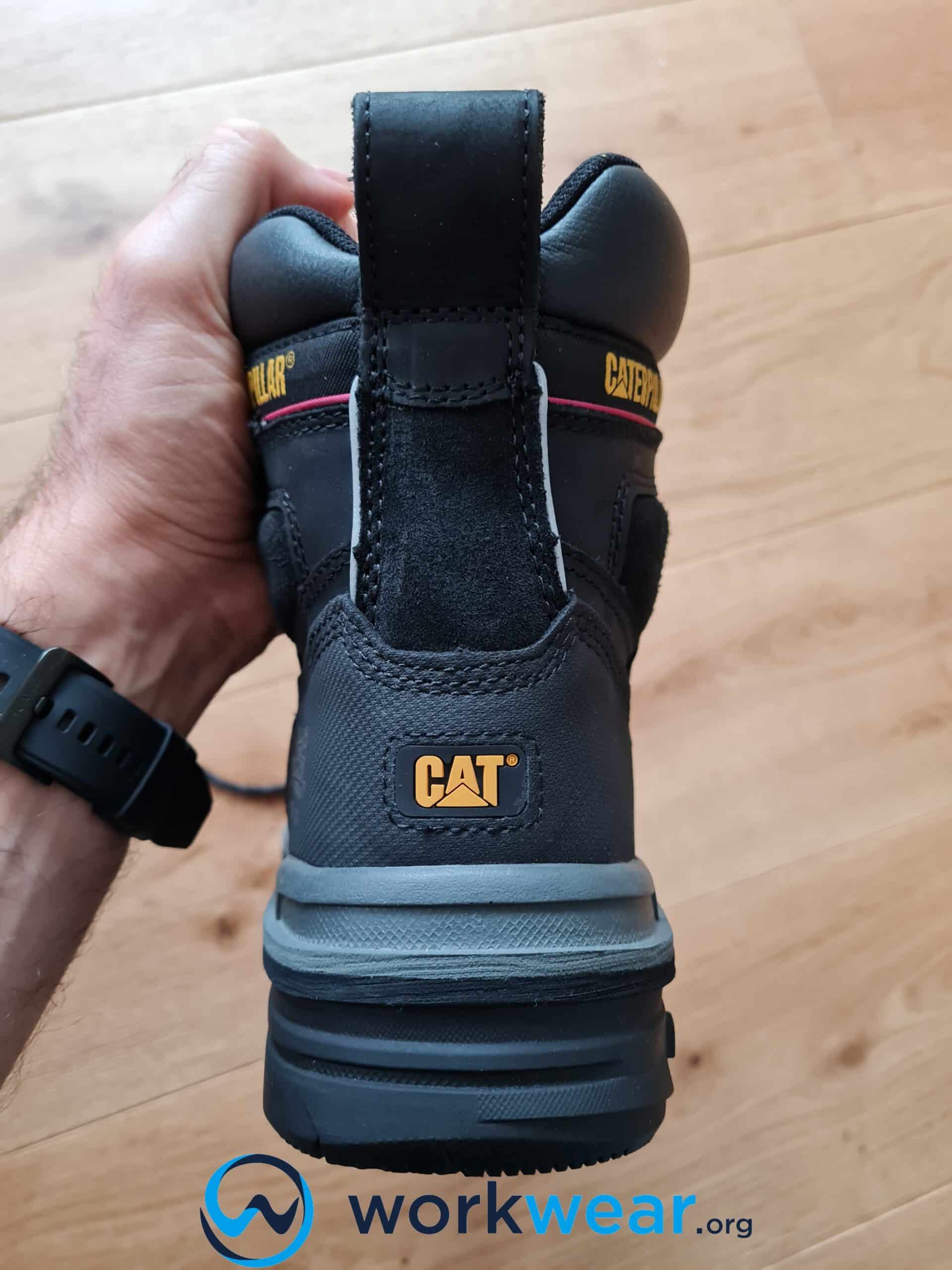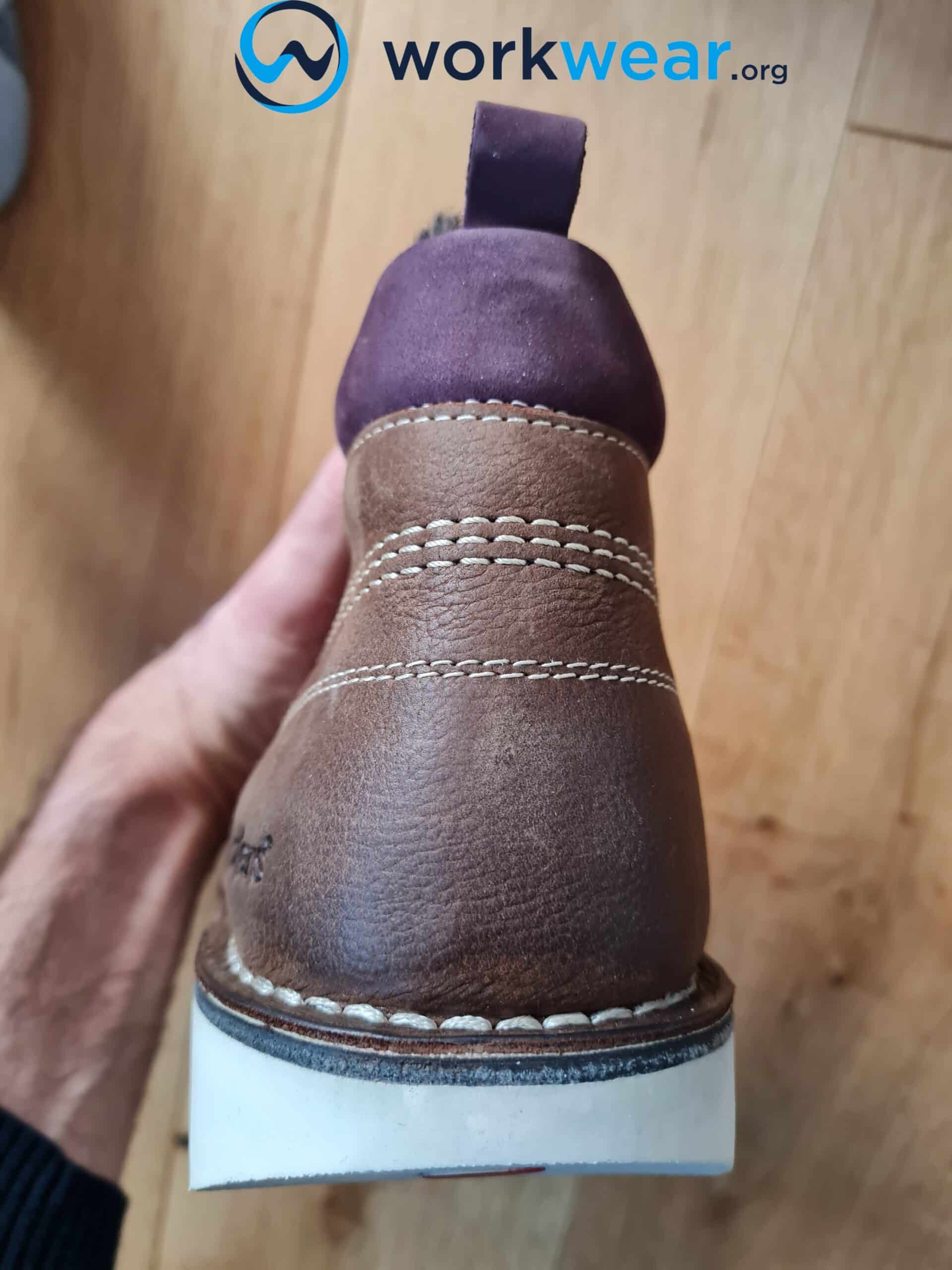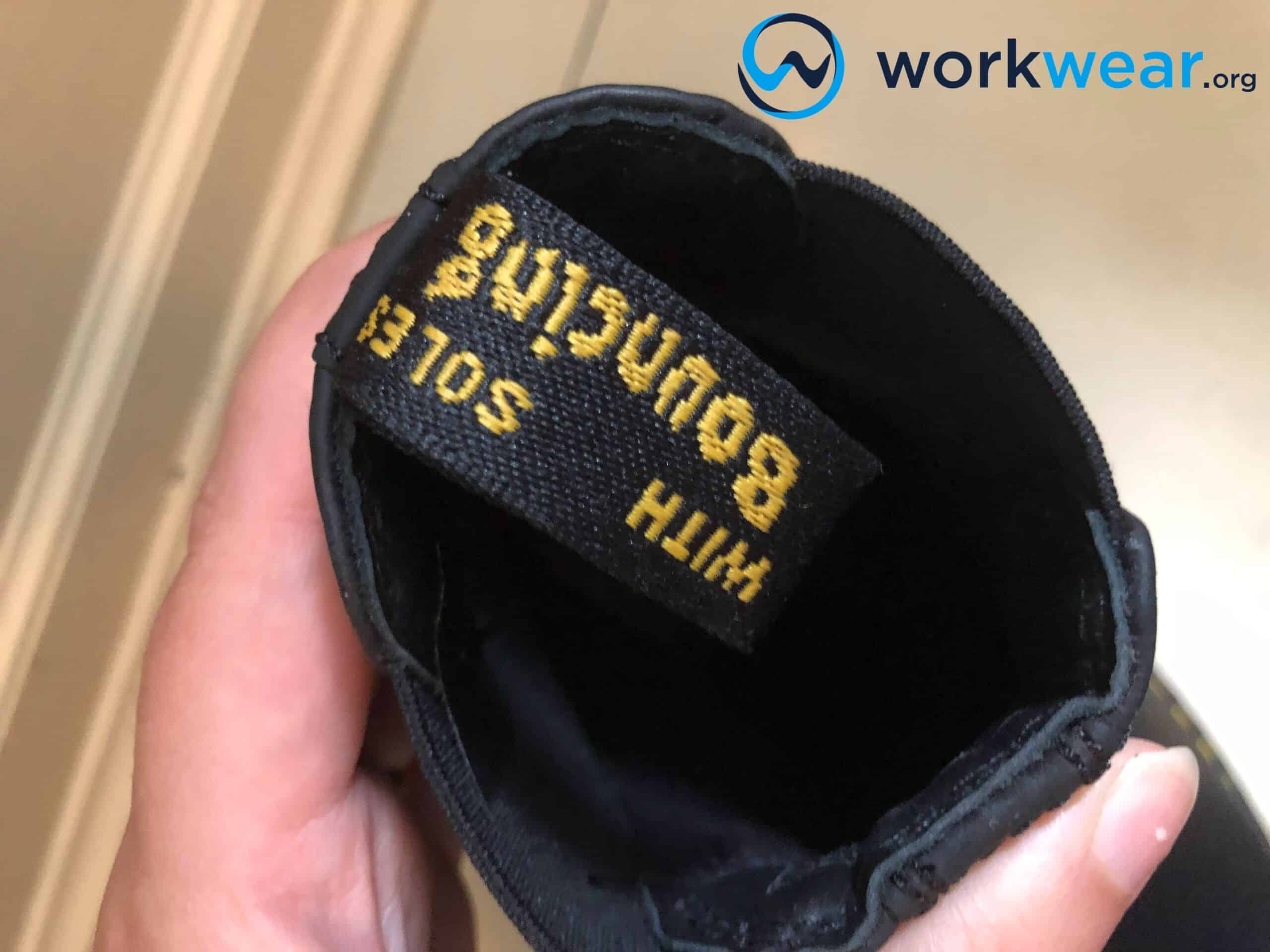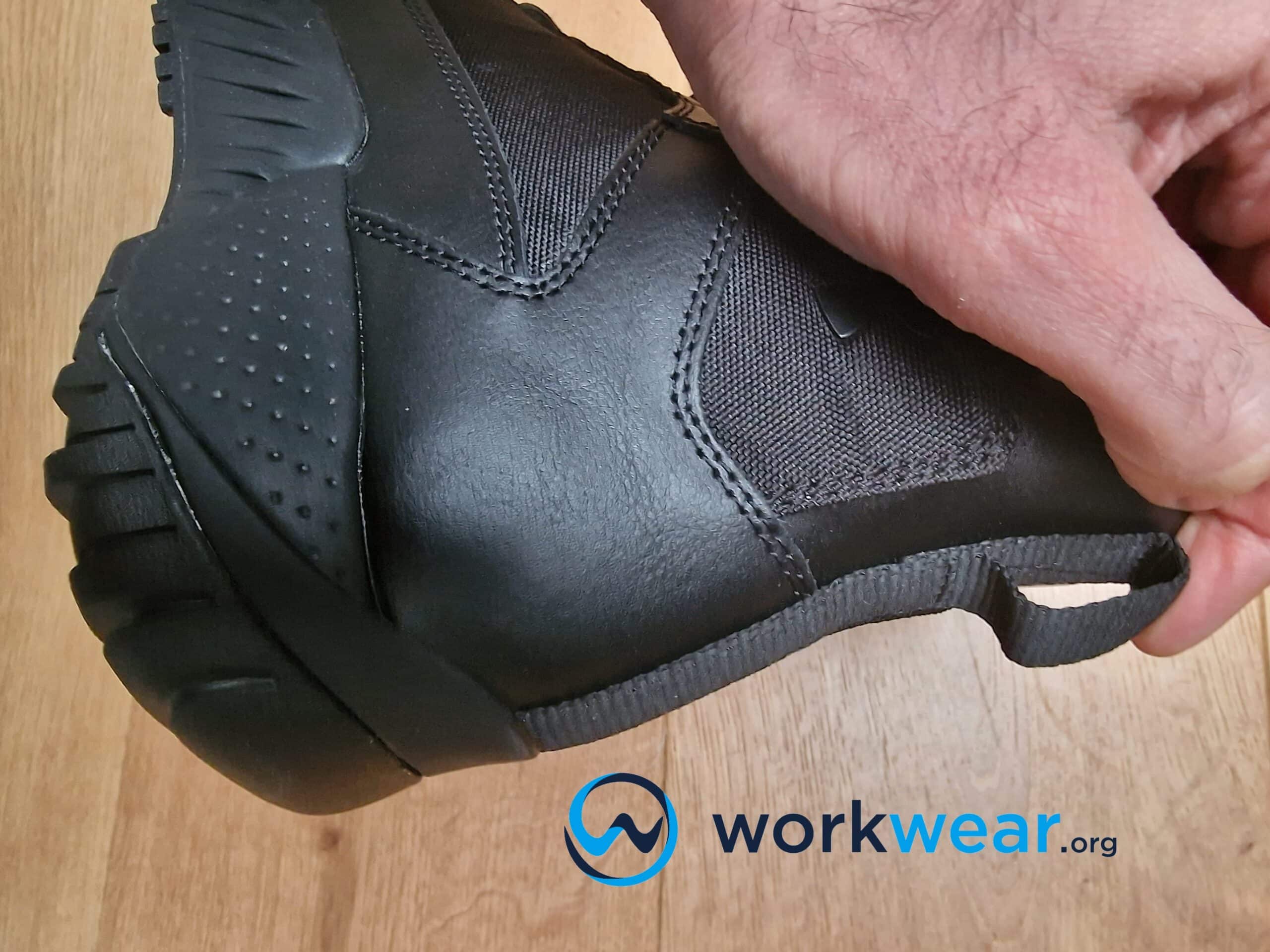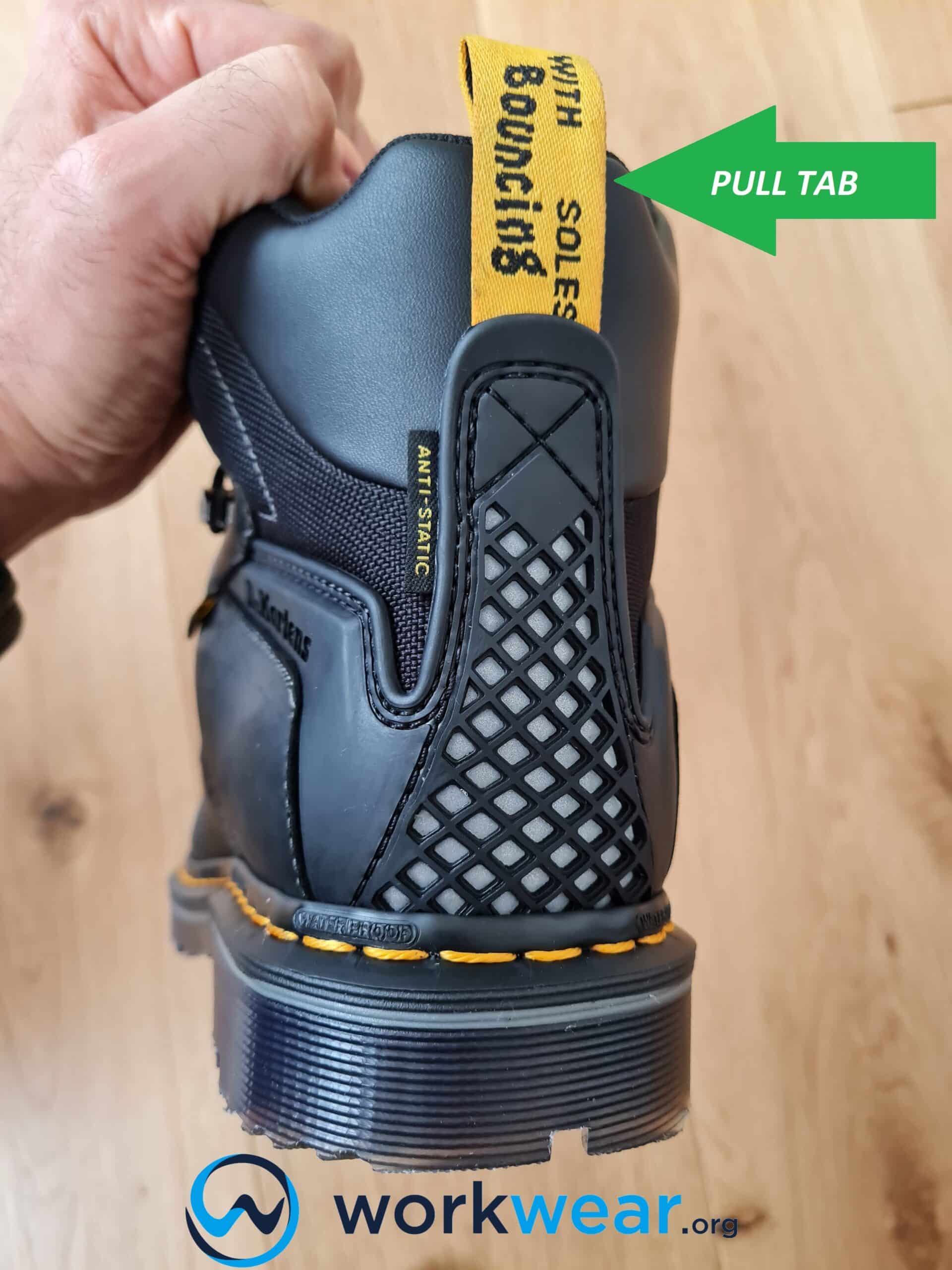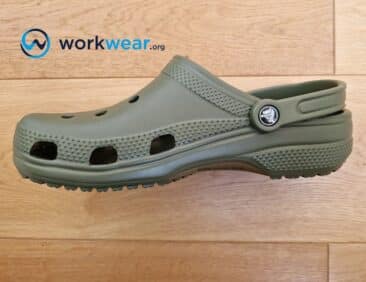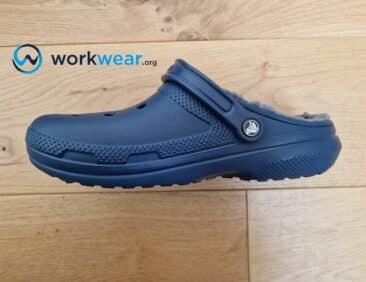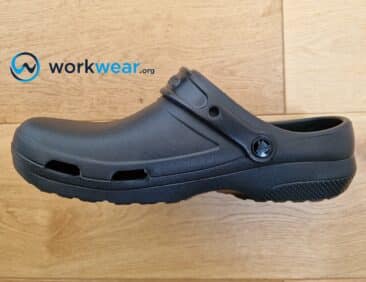What is a Boot Pull Tab?
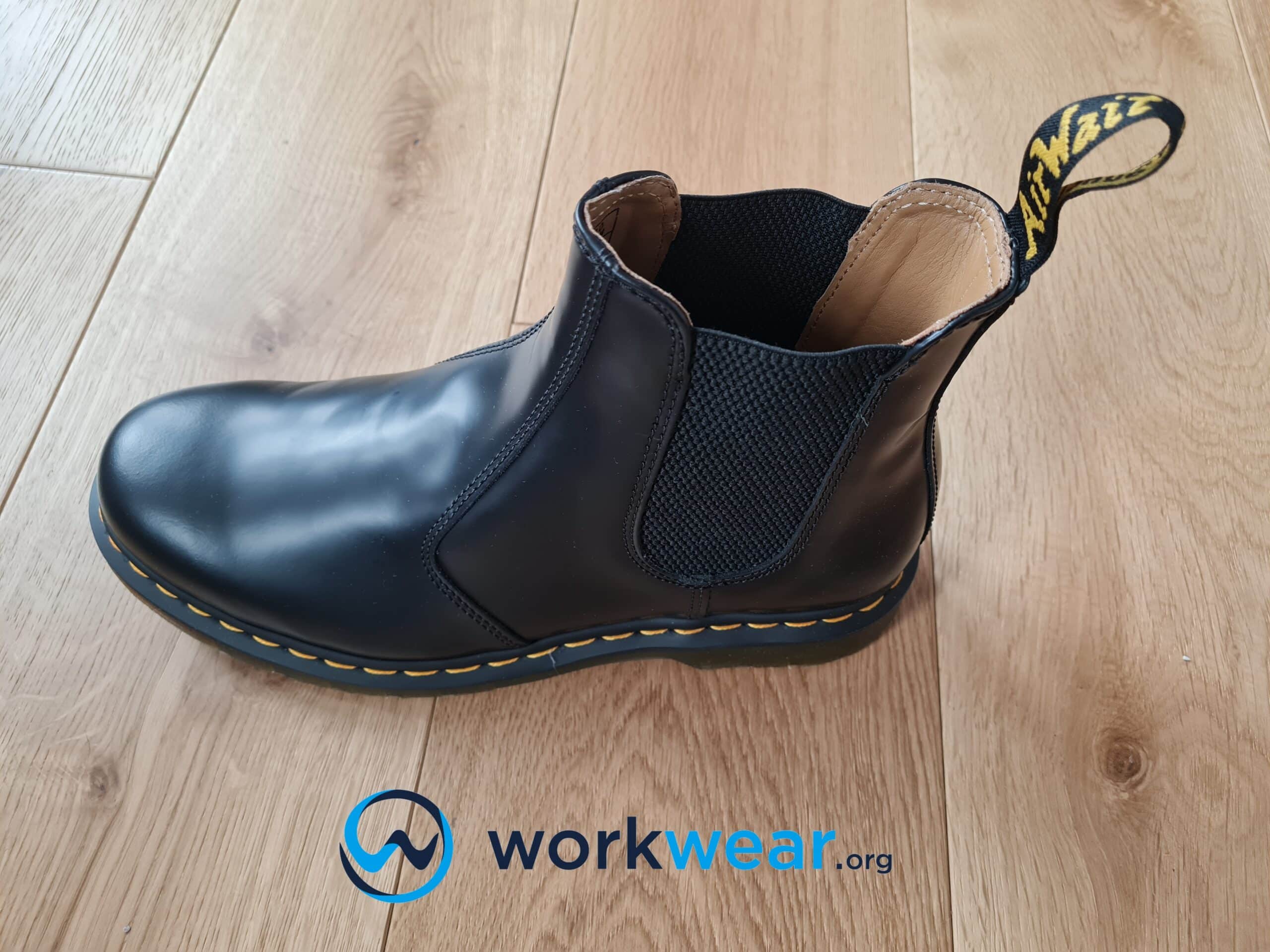
Work boots are essential for safe and comfortable walking on the job site. However, depending on the design, putting them on can take a while, with lace-up styles taking up more time to finish compared to the pull-on options. If you’re looking for something to make the boot-wearing experience much easier, you might want to check out work boots equipped with a pull tab, as this enhancement can bring convenience and other benefits. In this article, we’ll discuss this component in more detail to discover if it’s a worthy addition to work boots.
What is a Boot Pull Tab?
A pull tab refers to the small loop attached to the back part of a boot’s opening over the heel area. Its main purpose is to make it easier for the boot to be pulled on or off without pulling on the entire collar. It’s worth noting that pull tabs are particularly useful in slip-on or pull-on work boots as they help this footwear style be put on much quicker and easier.
Pull tabs vary in size and typically ranges from 2 to 2.5 inches, leaving enough room for a finger or two to pass through, so pulling the boot on is easier. Industrial work boots (like the Dr Martens Duxford Boot) tend to have larger and more durable pull tabs than those fitted onto regular work boots. Some boots have the loops attached to the front and back portions of the opening for even more ease of use. Pull tabs can also be attached to the sides of the collar, as in the case of Western boots, in which case they may also be referred to as ear pulls or pull straps.
Pros
Comfortable boot on
A pull tab promotes a comfortable boot-wearing experience, enabling the foot to enter more easily. Instead of the foot taking on all the work of sliding into the footwear, the tab on the opening takes over the task as it is pulled on firmly. This enables the foot to slide in painlessly, eliminating the need to force it into unnatural positions just to fit into the opening as it tries to enter the boot.
Quicker prep time
A pull loop or tab significantly cuts the time needed to put the boot on (and sometimes, even remove it). For example, instead of spending a lot of time pulling on the collar to prepare it for the foot’s entry, the boot can be pulled on more quickly using the pull tab. The loop may also be used to make boot removal easier, especially with pull-on designs without laces that need to be loosened before taking off the footwear.
It doesn’t look out of place on the boot
Pull tabs blend in with the rest of the boot’s components. They’re usually made with the same material and color as the rest of the upper, promoting a seamless appearance so that the tab doesn’t look out of place. However, it’s worth mentioning that some boots, such as the Redcat Bobcat Chelsea Boot, are fitted with pull tabs that have a different color than the upper. In this case, the pull tab may not match the rest of the boot’s appearance, but it catches attention with the vibrant color showcasing the brand’s logo.
Reduces the risk of damage to the collar and heel counter
When pulling on a boot that doesn’t come with pull tabs, it’s normal to pull on the collar and heel counter. Unfortunately, this increases the risk of damage to these components as they take on the abuse of being pulled on with every boot use. The risk is even more magnified when the collar is built with enhancements, such as a cushioned portion that may be stitched in place and tend to break apart with repeated pulling.
Cons
May rub on the skin
Pull tabs can rub painfully on the skin, especially if they’re worn together with short socks. If the tab is made with a soft material such as supple leather, chafing may not be much of a problem. However, pull tabs made with stiff materials will have a higher risk of irritating the. The issue may worsen if inflexible pull tabs are fitted into the front and back of the boot’s opening, as they can chafe more areas of the skin.
Can get caught on the pant hem
Pull tabs are built to be just big enough to accommodate the placement of a finger to help pull the boot on. They may not be large enough to be overly conspicuous, but they can still get caught on the hem of pants – especially if the loops are made with a stiff material. This rigidity can cause problems wearing pants made with soft fabric, with the hem repeatedly tucked into the boot’s opening when the loop catches it. This issue is not only annoying but can also compromise safety as the foot and calf are exposed to the elements and other environmental hazards.
Can be ripped off and cause damage
A pull tab is designed to be strong enough to take on the constant use and abuse of being pulled on repeatedly. However, the frequent pulling will eventually take its toll on the material and can cause the component and break apart. This is especially true for pull tabs that may not be stitched strongly or are made of low-quality materials. It’s worth mentioning that if the pull tab breaks apart, it can be replaced with minimal effect on the boot’s function and appearance.
Conclusion
Pull tabs may not be the most noticeable parts on work boots, but they’re great enhancements to have in place. They make the boot-wearing experience more convenient while significantly reducing the risk of discomfort each time the boots are used. Even if they’re such small additions to the footwear, they also help protect the boots against premature damage as they keep the collar and heel counter safe from deteriorating with constant pulling. However, pull tabs also come with their drawbacks that need to be considered to minimize their negative effects on boot use.
678+
Products Reviewed
24+ Years
Combined Experience
500+ Hrs
Field Testing
